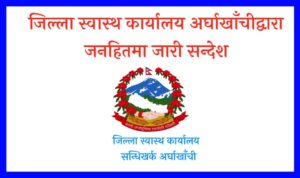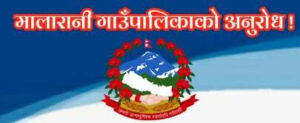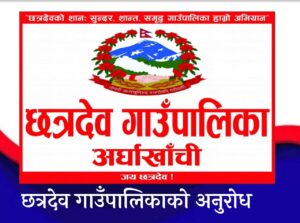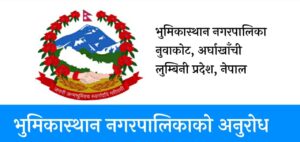16 Jul, 2021
By Kshitiz Siwakoti Rising Nepal
Kathmandu, July 16: Waste disposal in Kathmandu has been affected after the landfill site in Sisdol has become full for any waste to be dumped.
Hari Kumar Shrestha the Chief of the Environment Department of the Kathmandu Metropolitan City (KMC) has said that the landfill site in Sisdol has been filled beyond capacity.
“The landfill site in Sisdol has become too full for any waste to be thrown there. Currently, we are awaiting approval from the Central government to begin dumping on the new landfill site of Banchare danda,” Shrestha said.
Sarita Rai, the Environment Administration Division Chief has said that the landfill site in Sisdol was actually exhausted 14 years ago but the dumping of waste on the site continued.
The Sisdol landfill site was leased by the government for a period of two years in 2005. However, the lack of an alternative dumping site meant that it was used well beyond its intended duration. The alternate dumping site which is nearly complete has been built in Banchare danda at the border between Dhading and Nuwakot.
Encompassing an area of 1792 Ropanis and costing 1.9 billion rupees, Ishworman Dangol the Spokesperson of the KMC has said the newly constructed landfill site is expected to hold Kathmandu’s waste for a period of 50 years.
Division Chief Sarita Rai has also stated the monsoon rains standing as a hurdle for waste disposal. “During monsoons, it is not safe for trucks to drive uphill on the landfill site as wet muddy roads make it way too slippery,” Rai added.
Department Chief Hari Kumar Shrestha mentioned that on a typical day about 145 – 150 trucks travel to the Sisdol landfill site for the waste to be dumped. However, as of now, only around 50 – 60 trucks leave for Sisdol leaving the waste to be accumulated in the city itself.
The former Director of the Epidemiology and Disease Control Division, Dr Basudev Pandey has said that the accumulation of waste can lead to pests such as houseflies and mosquitos becoming carriers of diseases such a Hepatitis A (Jaundice), Dengue, Malaria, Lymphatic filariasis (elephantiasis).
“The problem can be further exacerbated due to the monsoon rains. The water may seep through the waste and in turn mix with the water supply causing diseases such as Diarrhoea and Typhoid,” Pandey said.
Within Kathmandu, 4,270 workers have been involved in the collection of the waste out of which 950 work for the KMC. The KMC has 350 vehicles that are dedicated to carrying waste.





